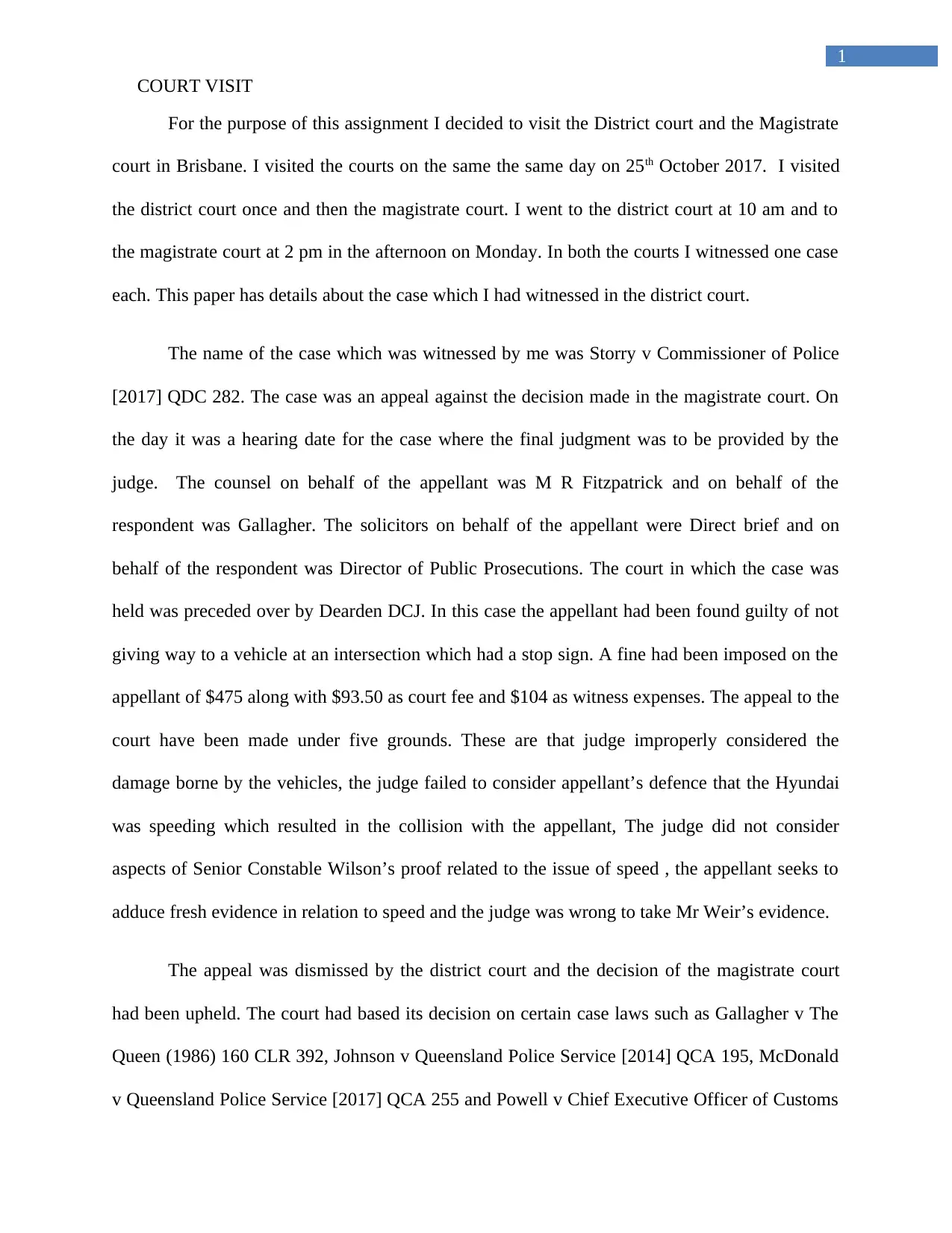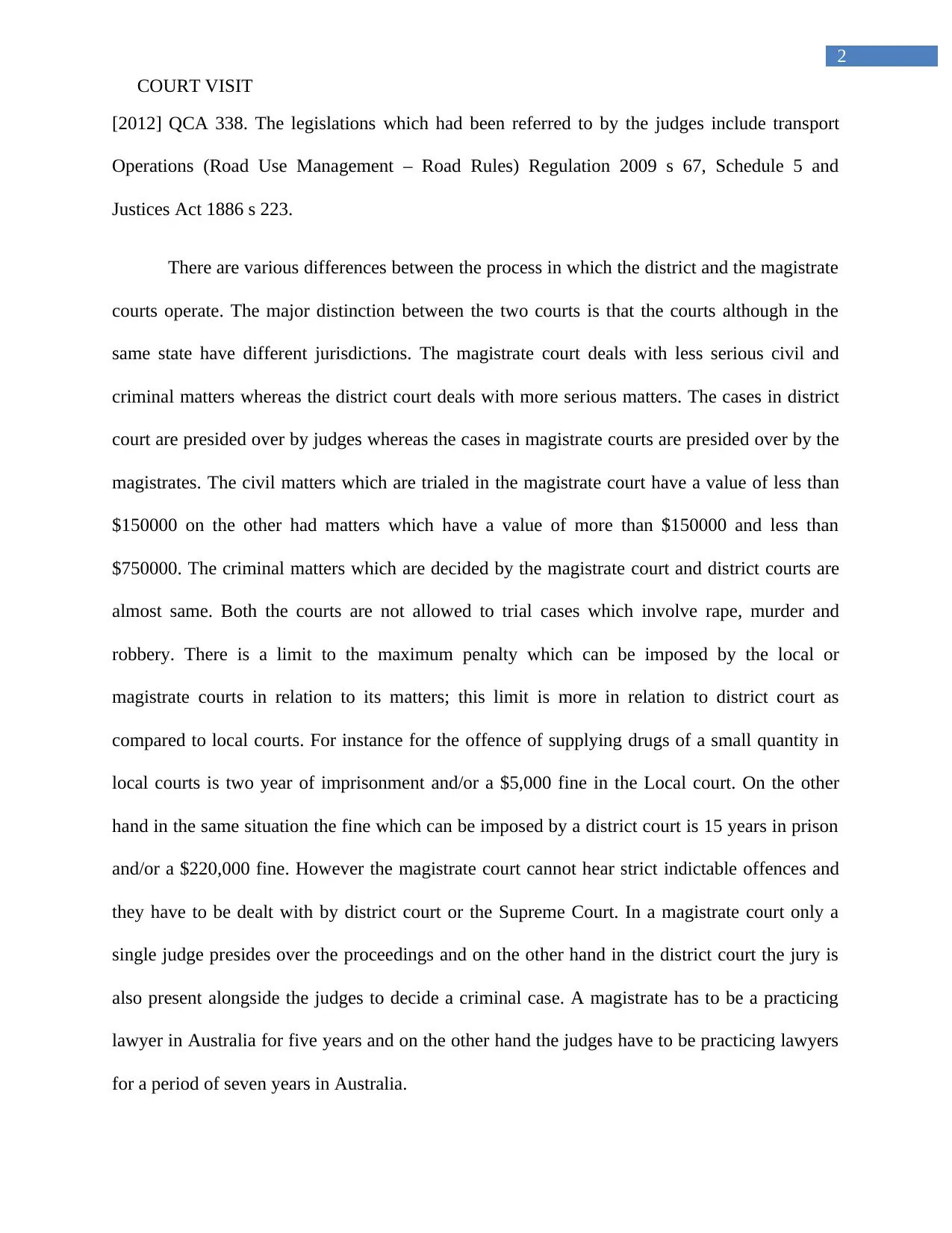Court Visit: Details of a Case Witnessed in District Court
VerifiedAdded on 2023/06/15
|4
|1007
|117
AI Summary
This paper provides details of a case witnessed in the District Court during a court visit. It includes information about the case, the court's decision, and the differences between the District and Magistrate courts.
Contribute Materials
Your contribution can guide someone’s learning journey. Share your
documents today.
1 out of 4
![[object Object]](/_next/static/media/star-bottom.7253800d.svg)








